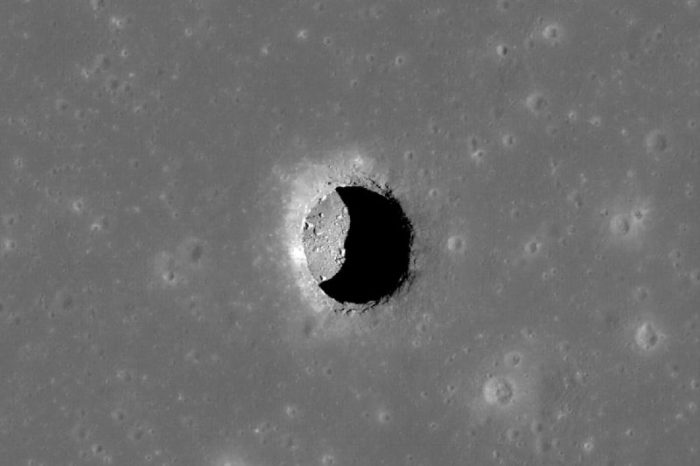Aug 01 2022
Lunar Pits Warm and Comfy
 Building a base on the Moon in certainly going to be challenging. In fact, living anywhere other than the surface of the Earth is extremely challenging – the rest of our solar system is an unlivable hellscape. The thin biosphere clinging to the surface of Earth is the only place that humans can comfortably live (and even not everywhere there). But we will be returning to the Moon again with the upcoming Artemis mission, and this time NASA plans on staying, not just leaving behind “flags and footprints”. There are no current plans for a permanent moon base or settlement, but the work of Artemis will continue to lay the groundwork for eventually future bases.
Building a base on the Moon in certainly going to be challenging. In fact, living anywhere other than the surface of the Earth is extremely challenging – the rest of our solar system is an unlivable hellscape. The thin biosphere clinging to the surface of Earth is the only place that humans can comfortably live (and even not everywhere there). But we will be returning to the Moon again with the upcoming Artemis mission, and this time NASA plans on staying, not just leaving behind “flags and footprints”. There are no current plans for a permanent moon base or settlement, but the work of Artemis will continue to lay the groundwork for eventually future bases.
The surface of the Moon is hostile to life in several respects. First, there is almost no atmosphere. Humans can survive in a hard vacuum for about 90 seconds, falling unconscious after 15-20. Second, the surface of the Moon is exposed to radiation (solar wind and cosmic rays) and micrometeors. There are filtered out on Earth by its thick atmosphere and magnetic field, neither of which protect the Moon. Finally, the temperature on the surface of the Moon varies from one extreme to the other – during the day surface temperatures reach 260 degrees Fahrenheit (126° Celsius), while nighttime temps can drop to -280 F (-173 C).
But these harsh conditions do not necessarily exist everywhere on the Moon. The hard vacuum, yes, there is simply no air on the Moon, which has too little gravity to hold onto a significant atmosphere. But there may be protection from the second two features: exposure to radiation and variable temperatures – in lunar pits, caves, and lava tubes.
Lava tubes exist on every rocky world in the solar system. They are channels through which molten lava flowed and eventually solidified, leaving behind solid tubes in the rock. You can explore lava tubes on Earth, such as in Hawaii. The size of lava tubes tends to correlate with the gravity of the world on which they occur, and the Moon’s light gravity (16.6% Earth’s gravity, or 0.166 g) allows for giant lava tubes. Recent evidence suggests they can be 1,600 to 3,000 feet (500 to 900 m) in diameter. This is large enough to contain a city. The big advantage of building a permanent base or settlement inside a lava tube is that the rocky covering will protect it from radiation and micrometeors.






